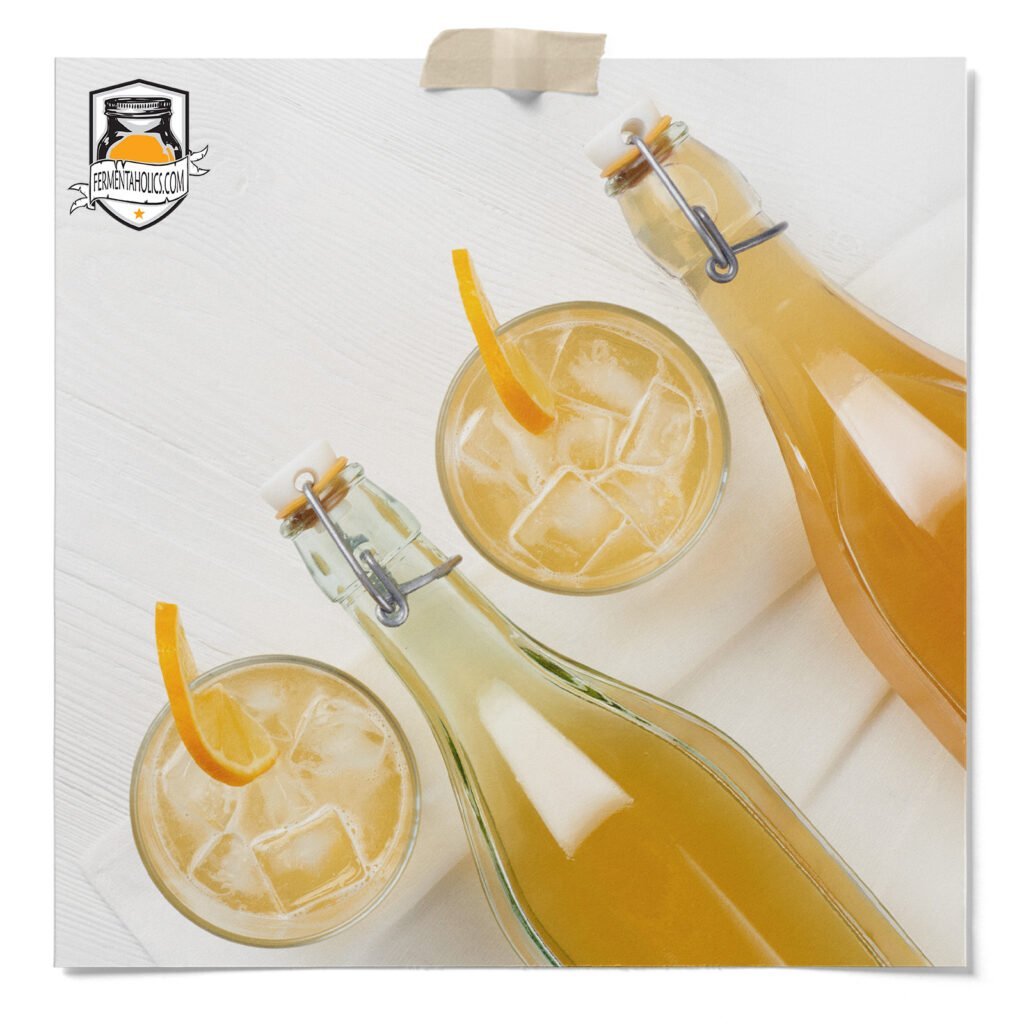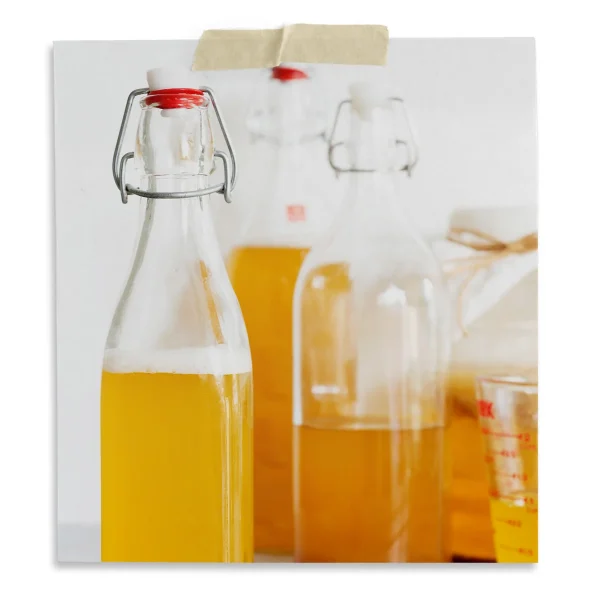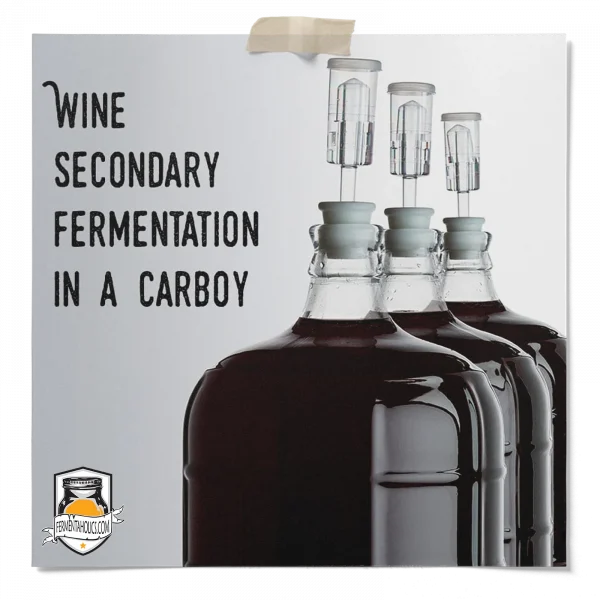

In the world of fermentation, all beverages go through “The Primary Fermentation.” The primary fermentation refers to the first round of fermentation and is what kicks off the process. This is the stage where the yeast consumes the sugar in the liquid and converts it to ethanol (alcohol) and carbon dioxide. Once complete, the next step is usually a secondary fermentation or bottle conditioning. If you’re new to fermentation, you’re probably wondering the difference.
The first thing to know is that bottle conditioning can also be a secondary fermentation. But a secondary fermentation isn’t always bottle conditioning. Using these two terms, interchangeably, is especially common with kombucha brewing. Let’s dig a little deeper.

Bottle conditioning is another phase of fermentation that takes place in a sealed bottle. This step can occur after any round of fermentation (primary fermentation, secondary fermentation, third fermentation, and so on.) This step is one of the ways alcoholic beverages get their carbonation and is extremely popular in homebrewing. This process involves transferring the liquid from the fermenter into bottles with additional sugar. This time rather than having an open-air ferment or using an airlock, the bottles are closed. Now, the yeast will consume the added sugar as usual and convert it to alcohol and carbon dioxide. The most significant difference here is that since the bottles are sealed and hold pressure in, the carbon dioxide produced can’t escape. This traps the co2 in the headspace and, in turn, forces itself back into the liquid, i.e., carbonating the beverage.
Bottle conditioning and secondary fermentation are similar. In fact, in many cases, bottle conditioning is secondary fermentation. Moving the fermenting beverage from the primary fermentation container to secondary fermentation bottles is a choice, not a necessity. In cases where the brewer chooses to move from the primary fermentation directly to bottles to carbonate, the bottle conditioning is secondary fermentation. This is often the case with beverages like beer and kombucha, but for other alcoholic beverages, this is the brewer’s choice.
Another difference between bottle conditioning and secondary fermentation is the addition of sugar before bottling. When you move a beverage to secondary fermentation, no sugar is added, and the yeast suspended in the liquid will have by this time run out of simple sugars to consume. At this point, the yeast instead goes to work consuming more complex sugars and many of the bi-products of primary fermentation, including those esters and ketones we mentioned before.

Conversely, in bottle conditioning, the yeast is fed more simple sugar. So they will continue to consume those simple sugars to produce more ethanol and carbon dioxide rather than resorting to the more complex compounds.
We’ve touched on the benefits of secondary fermentation already: clearing of the beverage, elimination of compounds that can create off-flavors, and maturing of the flavor profile of the liquid. This makes the process sound like a no-brainer.
However, another process that begins when yeast is deprived of sugars to consume is autolysis, which is the consumption of dead yeast by the living yeast. This process can create unpalatable flavors if left to continue for too long.
The simple answer is that there is no simple answer! The secondary fermentation can last a bit longer for beverages higher in sugar content like malty stouts or ciders and meads with high amounts of sugars coming out of primary fermentation. Since there is still sugar for the yeast to consume after primary fermentation, it doesn’t move into autolysis nearly as quickly. For beverages lower in sugar content coming out of the primary, moving directly to bottle conditioning or moving to a secondary fermenter for a shorter amount of time may be wise.
While it may be confusing at first, fermentation is a beautiful thing. How you choose to move through primary fermentation and secondary fermentation or bottle conditioning drastically changes your final product. The beauty of brewing is that the deeper you dig, the more you’ll discover, and the more enjoyable your creations will be.
